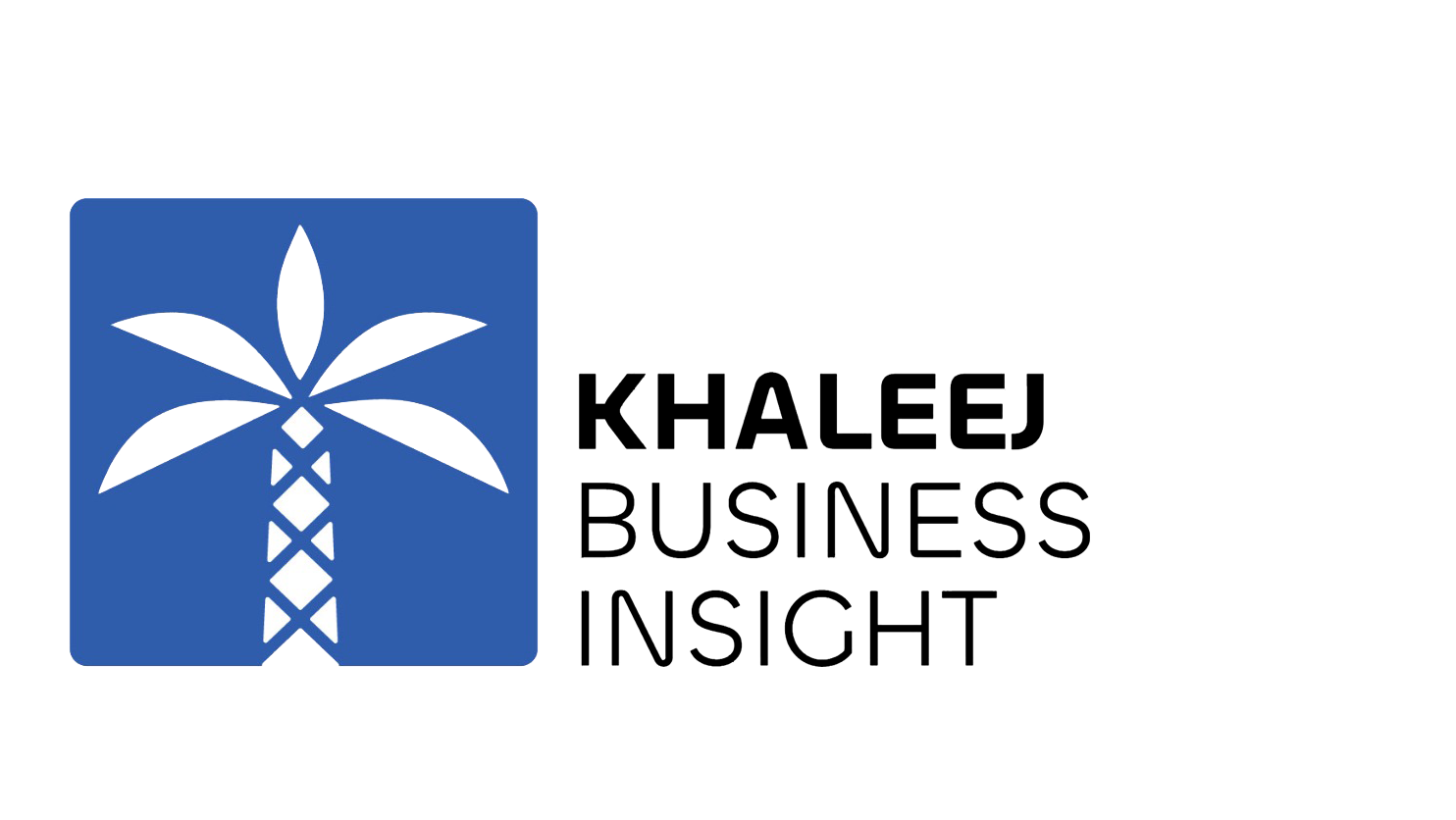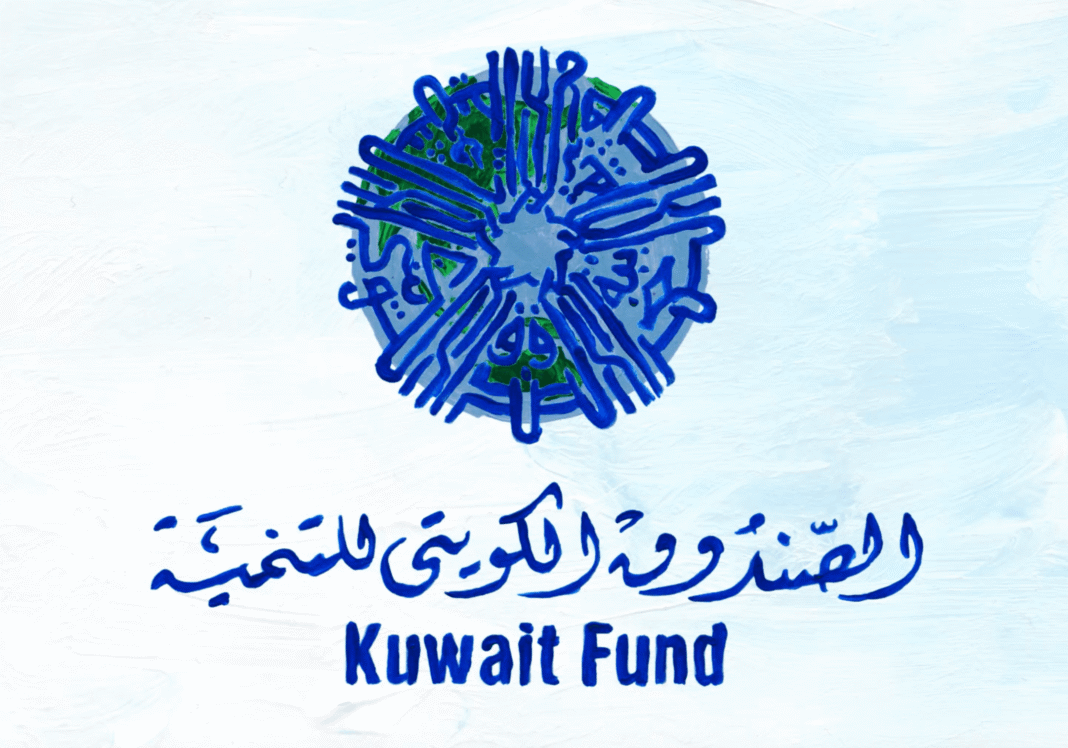Kuwait Fund for Arab Economic Development announced a major expansion of the Gulf Power Interconnection Project, advancing regional clean energy goals. This initiative strengthens electricity exchange, boosts efficiency, and supports long-term sustainability. The Kuwait Fund’s clean energy role now places the country at the center of GCC energy integration.
The expansion includes the new Al-Wafra 400 kV Station, which adds about 2,500 megawatts to Kuwait’s grid. This increase improves supply during peak demand and reinforces grid stability. However, the Kuwait Fund’s clean energy strategy includes financing through two loans worth KWD 70 million to the Gulf Interconnection Authority. These funds ensure that Kuwait remains the primary economic beneficiary of the project.
Furthermore, the Al-Wafra station will connect to Saudi Arabia by the end of the year. This link enhances Kuwait’s energy resilience and strengthens regional electricity trade. Another key connection, the Kuwait–Iraq interconnection between Al-Wafra and Al-Faw, is scheduled for operation next year. Together, these projects create stronger cross-border energy exchange and sustainable growth for the GCC.
In addition, the project supports Kuwait’s environmental targets by enabling clean energy distribution across the region. The expanded network allows for electricity trade that leverages surplus capacity. This approach generates economic returns while reducing harmful emissions. The Kuwait Fund’s clean energy commitment ensures Kuwait plays a central role in the regional transition to low-carbon solutions.
The Gulf Power Interconnection Project also elevates Kuwait’s influence in regional strategy. With the southern Iraq expansion, Kuwait positions itself as a hub for regional electricity trade. This role aligns with national ambitions to enhance security, resilience, and efficiency in energy supply. Continuous development of infrastructure ensures progress toward greater stability and sustainable integration.
Key infrastructure under development includes the Al-Wafra 400 kV Station and multiple transmission lines. These include connections to Al-Fadhili in Saudi Arabia, internal Kuwaiti grids at Sabah Al-Ahmad, and Al-Faw in Iraq. Once operational, these links will provide seamless electricity exchange across the GCC and Iraq, with full readiness expected within two years.
In conclusion, the Kuwait Fund’s broader mission also underpins this project. The institution finances development initiatives, supports feasibility studies, and trains professionals across borrowing countries. This investment reinforces Kuwait’s longstanding role as a development leader, extending its influence regionally and globally.





